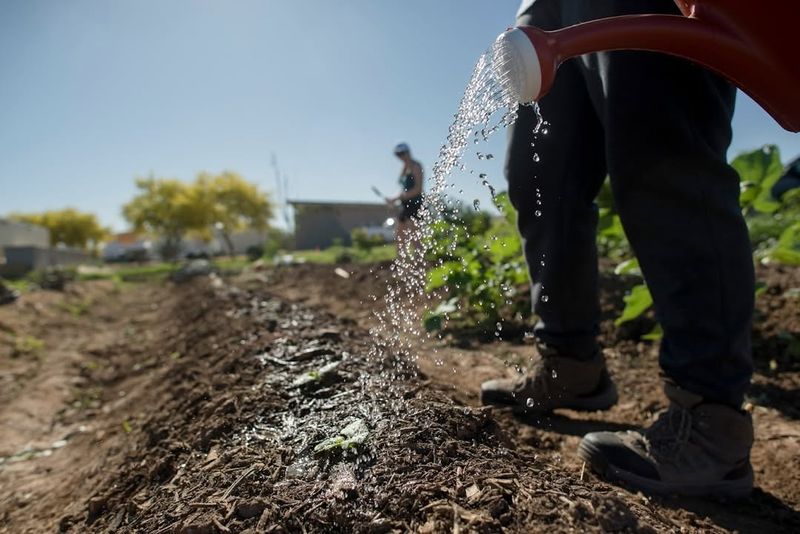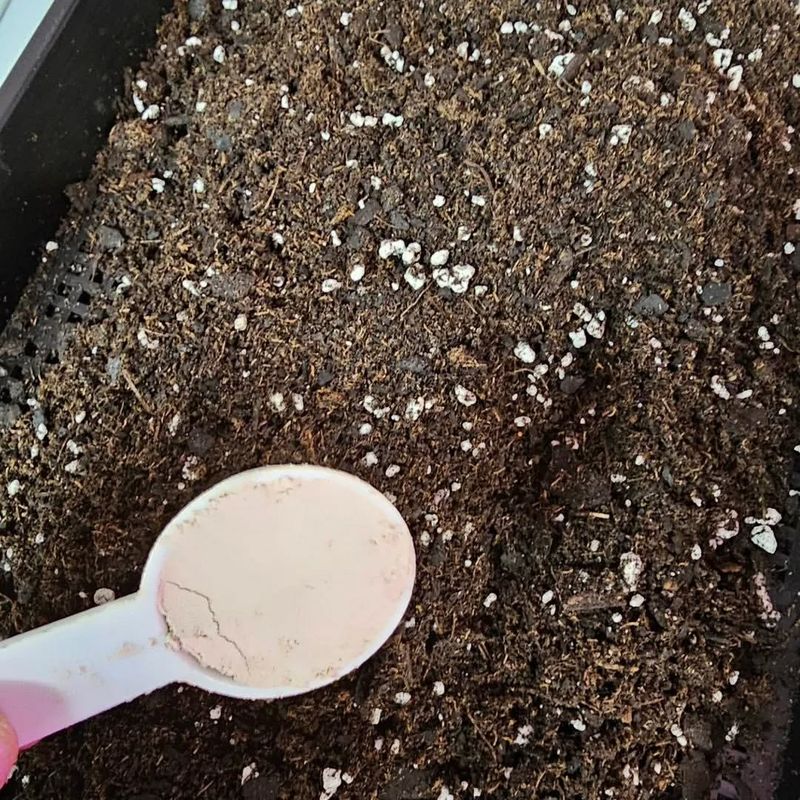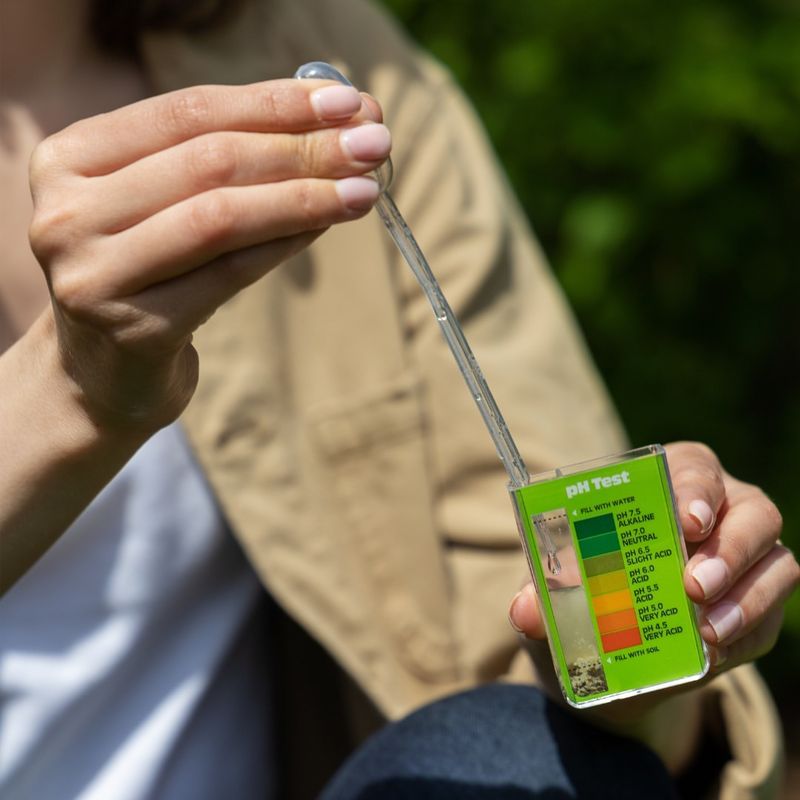Clay soil in Georgia can feel like concrete when you try to dig, plant, or turn it over. Many gardeners hit that brick-hard layer and throw in the towel, but one natural fertilizer can turn the tide. Greensand slips into dense clay like a secret ingredient, easing the soil apart and giving roots room to breathe.
With steady use, tough ground starts to crumble in your hands instead of fighting back. For homeowners tired of wrestling with stubborn clay, this simple fix can open the door to healthier plants and a yard that finally works with you, not against you.
1. Ancient Ocean Minerals Trapped In Time
Greensand comes from ancient ocean floors where minerals settled millions of years ago. The greenish color you see comes from a mineral called glauconite, which formed when iron mixed with ocean sediments.
When you spread this material on Georgia clay, you’re adding the same minerals that once nourished sea life. The sandy texture breaks apart when wet, helping to separate tight clay particles naturally over time.
Your soil becomes easier to work with each season.
2. Potassium Power For Plant Roots
Plants need potassium to grow strong roots, fight diseases, and produce flowers or vegetables. Greensand contains about 5-7% potassium that releases slowly into your garden beds.
Unlike chemical fertilizers that wash away quickly, greensand keeps feeding plants for months. Georgia’s warm temperatures help activate the mineral breakdown process faster than in colder states.
Your tomatoes and peppers especially benefit from this steady potassium supply throughout the growing season.
3. Clay Soil Gets Room To Breathe
Imagine trying to breathe through a wet blanket, that’s how plant roots feel in dense Georgia clay. Greensand particles wedge between clay chunks, creating tiny spaces for air and water movement.
Better aeration means roots can spread deeper and wider searching for nutrients. Beneficial soil bacteria also need oxygen to survive and help break down organic matter.
Within one growing season, you’ll notice your soil feels less like cement.
4. Water Drainage Finally Works Properly
Standing water after rain spells trouble for most garden plants because roots rot without oxygen. Clay’s tiny particles pack together so tightly that water can’t penetrate, leaving puddles on top.
Adding greensand changes the soil structure by introducing coarser particles between clay pieces. Water finds pathways through these gaps instead of sitting on the surface.
Your spring plantings won’t drown during Georgia’s heavy thunderstorm season anymore.
5. Trace Minerals Fill Nutritional Gaps
Beyond the big three nutrients, plants need tiny amounts of iron, magnesium, and other trace elements to stay healthy. Georgia’s red clay often locks up these minerals where roots can’t reach them.
Greensand naturally contains over 30 different trace minerals in plant-available forms. As the material slowly breaks down, it releases these nutrients exactly when growing plants need them most.
Yellow leaves often turn green again within weeks.
6. pH Balance Stays More Neutral
Most vegetables prefer soil that’s neither too acidic nor too alkaline, somewhere around 6.5 on the pH scale. Georgia clay tends to swing toward acidic, especially under pine trees or after years of chemical fertilizer use.
Greensand has a neutral to slightly alkaline pH that gently nudges acidic soil back toward balance. You won’t see dramatic overnight changes, but regular applications prevent extreme pH swings.
Balanced soil means nutrients become available to roots.
7. Long-Lasting Soil Improvement Investment
Quick-fix fertilizers give fast results but disappear after one season, forcing you to buy more constantly. Greensand works differently because the minerals break down gradually over three to five years.
One application keeps improving your soil structure and feeding plants for multiple growing seasons. Georgia’s humidity and warmth actually speed up the natural weathering process compared to drier climates.
Your initial investment pays off season after season without repeated purchases.








